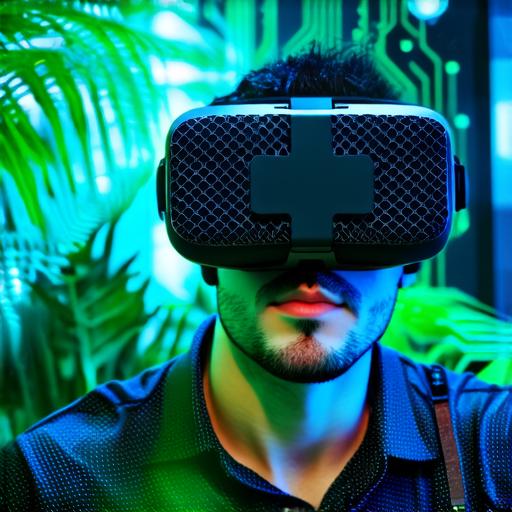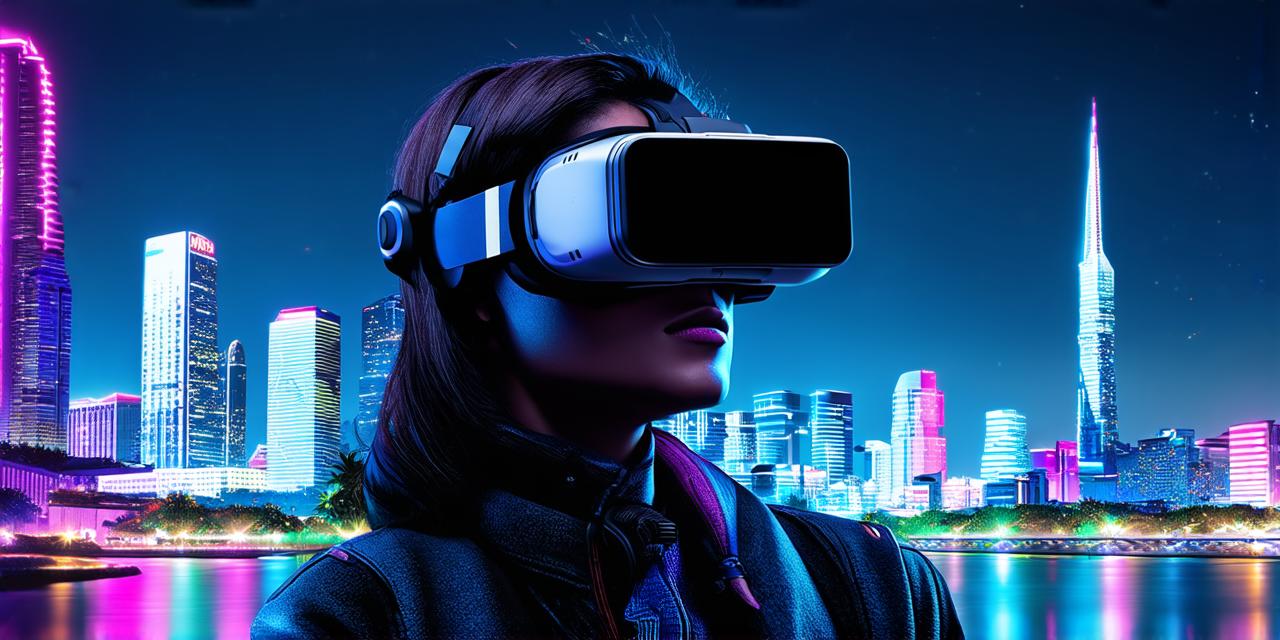
What’s New in Virtual Reality Development?
- 0
Virtual Reality (VR) and Augmented Reality (AR) technologies have come a long way since their inception. These immersive technologies have opened up new possibilities for gaming, education, healthcare, and more. In this article, we will take a closer look at what’s new in VR development, with a focus on mixed reality applications.
Virtual Reality Development: An Overview
Virtual Reality is a computer-generated simulation that immerses users in a digital environment. It uses sensors and tracking devices to create an interactive experience that engages the user’s senses and creates a sense of presence within the virtual world. VR headsets, such as the Oculus Rift or HTC Vive, are used to deliver this immersive experience.
Virtual Reality has gained significant attention in recent years, with applications ranging from gaming to education, healthcare, and more. However, one of the challenges associated with VR is that it can be isolating and disorienting for users. This is where Mixed Reality comes in.
Mixed Reality: The Intersection of Virtual and Physical Worlds
Mixed Reality combines elements of both virtual and physical worlds to create a hybrid experience. It allows users to interact with digital objects within their physical environment, creating a seamless blend of real-world and virtual elements. Mixed Reality applications are designed to enhance the user’s understanding of complex data and provide new ways of interacting with digital content.

What’s New in VR Development?
Now that we have an overview of VR and AR technologies, let’s take a closer look at what’s new in VR development.
1. Wireless VR Headsets
Wireless VR headsets are the latest innovation in VR technology. These headsets allow users to move around freely without being tethered to a computer or other device. This makes them ideal for use in educational and healthcare settings, where users need to be able to move around easily while still experiencing the benefits of VR. The Oculus Quest 2 is a popular wireless VR headset that is designed for gaming and entertainment.
2. Haptic Feedback
Haptic feedback technology has been used in VR applications for some time, but recent advances have made it more immersive and realistic. Haptic feedback provides tactile sensations to the user, making them feel like they are interacting with real objects within the virtual environment. This technology is particularly useful in educational settings, where users need to be able to handle virtual objects as if they were real.
3. Eye Tracking
Eye-tracking technology has been used in VR applications for some time, but recent advances have made it more accurate and reliable. Eye-tracking technology allows users to interact with virtual objects using their eyes, making the experience more immersive and intuitive. This technology is particularly useful in healthcare settings, where it can be used to provide therapy for conditions such as stroke rehabilitation and PTSD treatment.
4. Social VR Applications
Social VR applications are becoming increasingly popular, providing users with a new way of interacting with each other within a virtual environment. These applications allow users to create avatars and interact with others in real-time, creating a sense of community and socialization. This technology is particularly useful for remote work and collaboration, as it allows teams to work together in a virtual space.
5. 5G and VR
The rollout of 5G networks has made it possible to deliver high-quality VR experiences with low latency and high bandwidth. This has opened up new possibilities for applications such as remote surgery, gaming, and education. With the increased speed and reliability of 5G networks, VR applications are becoming more immersive and realistic than ever before.
Summary
In conclusion, virtual reality technology is rapidly evolving, with new innovations being introduced on a regular basis. Mixed Reality combines elements of both virtual and physical worlds to create a hybrid experience that enhances the user’s understanding of complex data and provides new ways of interacting with digital content. Wireless VR headsets, haptic feedback, eye-tracking, social VR applications, and 5G networks are just some of the latest developments in VR technology. As these technologies continue to evolve, we can expect to see even more exciting and innovative VR applications in the future.

